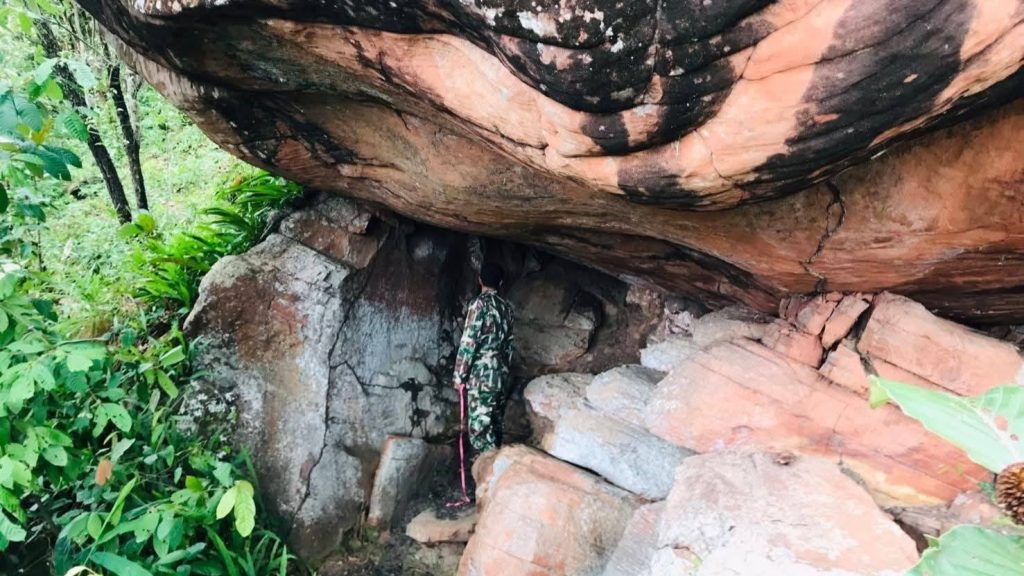A routine patrol through dense jungle led to a rare archaeological discovery.
Others are reading now
A forest patrol meant to catch poachers ended up unearthing ancient engravings that could shift our understanding of Thailand’s earliest inhabitants.
A Discovery Deep in the Jungle

During a routine forest patrol, rangers from the Phu Khat Wildlife Sanctuary in Phitsanulok province stumbled upon a previously unknown cave—now named Tham Ta Kueng (Ta Kueng Cave)—concealed in dense jungle and devoid of any visible trails.
Located roughly two kilometers from the sanctuary’s headquarters, the cave lies within the Khao Noi–Khao Pradu wildlife sanctuary, an ecologically rich area in the Khwae Noi River basin, where biodiversity is typically the main concern.
But inside the sandstone cave, rangers found engraved rock art estimated to be around 2,000 years old.
What the Cave Paintings Reveal
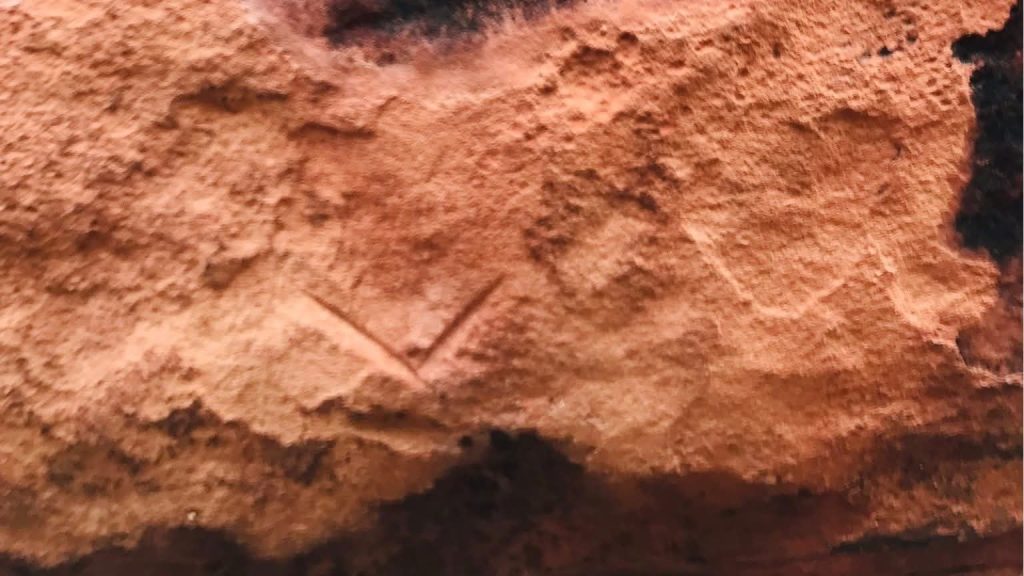
According to Thailand’s Fine Arts Office 6 in Sukhothai, the cave walls bear distinctive engravings, including geometric line patterns and a rare three-fingered motif.
Also read
These markings appear to date back to Thailand’s Metal Age, a transitional period roughly spanning from 1,000 BCE to 500 CE, when metal tools became widespread, and early agrarian communities flourished.
Extremely Well Preserved

While the number of engravings discovered so far is modest, their state of preservation is exceptional, raising hopes that deeper analysis could yield new insights into early human life in what is now northern Thailand.
This was reported by Archaeology Magazine.
More Than Just Art
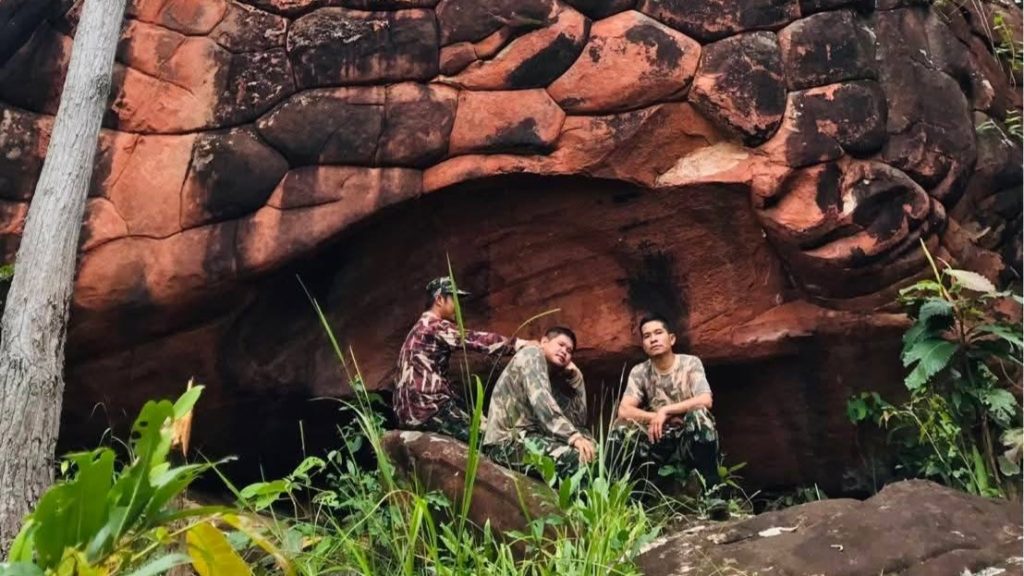
Mongkol Khamsuk, head of the Phu Khat Wildlife Sanctuary, emphasized the potential for Ta Kueng Cave to become both a natural and cultural heritage site.
“More research will enable us to know more about the stories of this land, its ecosystems, and the people who may have lived here in the past,” Khamsuk said.
Also read
The Department of National Parks, Wildlife and Plant Conservation (DNP) have called the find “good news for Thai archaeology” and a promising lead in uncovering new dimensions of prehistoric life in the region.
Part of a Growing Pattern?
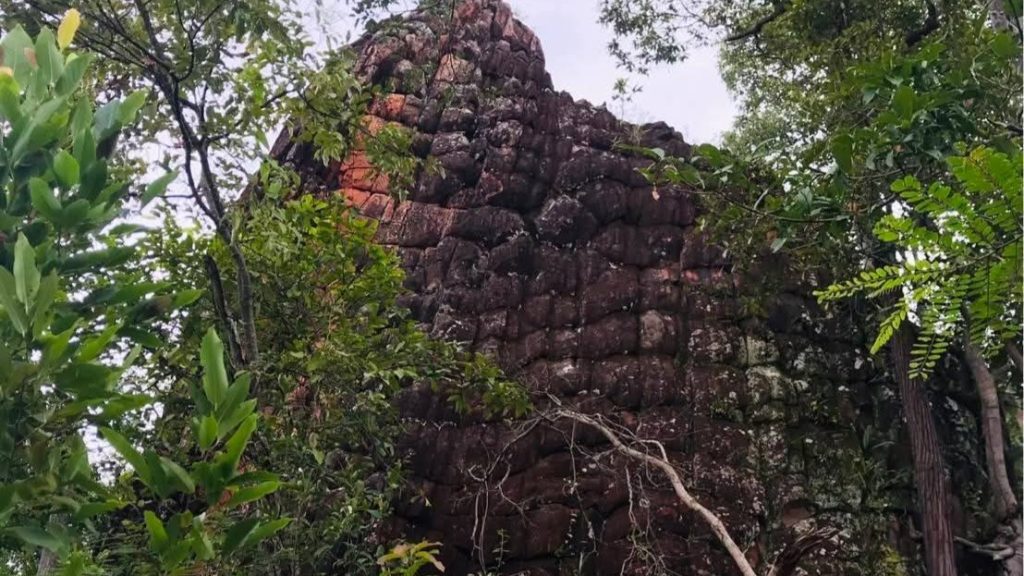
The Ta Kueng Cave discovery comes on the heels of recent finds at Pratu Mueang Cliff, another site within the same geographic corridor, where prehistoric rock engravings have been uncovered.
Together, these sites suggest a wider network of early human habitation and activity in the area, possibly pointing to migration routes, ritual spaces, or ancient settlements near water sources.
Future Plans for the Discovery
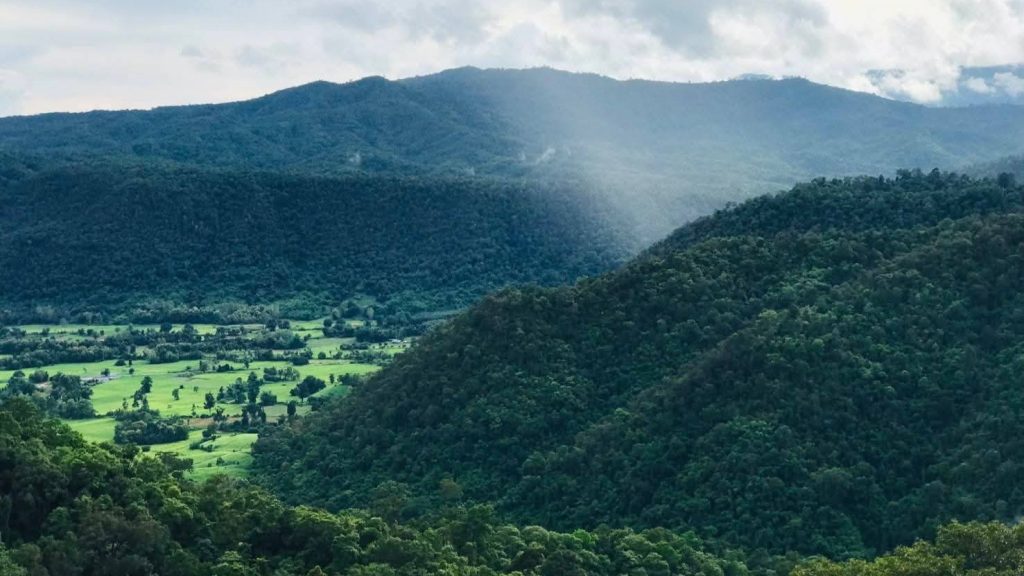
Archaeologists and geologists are expected to conduct in-depth surveys in the coming weeks, searching not only for more engravings but also for artifacts or organic material that could be carbon-dated, helping to construct a more accurate timeline.
For now, Tham Ta Kueng remains untouched, hidden under dense canopy and accessible only by GPS.

